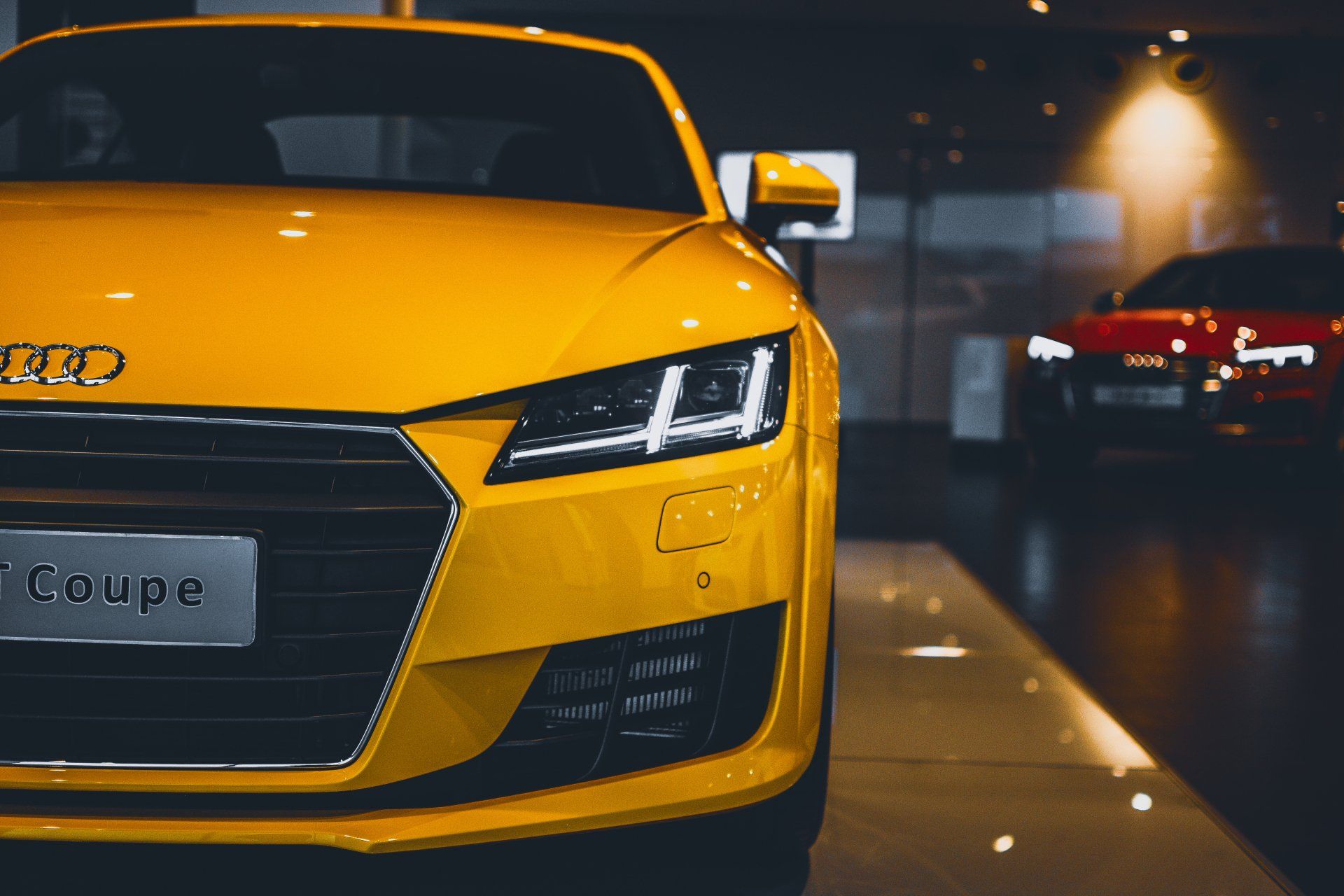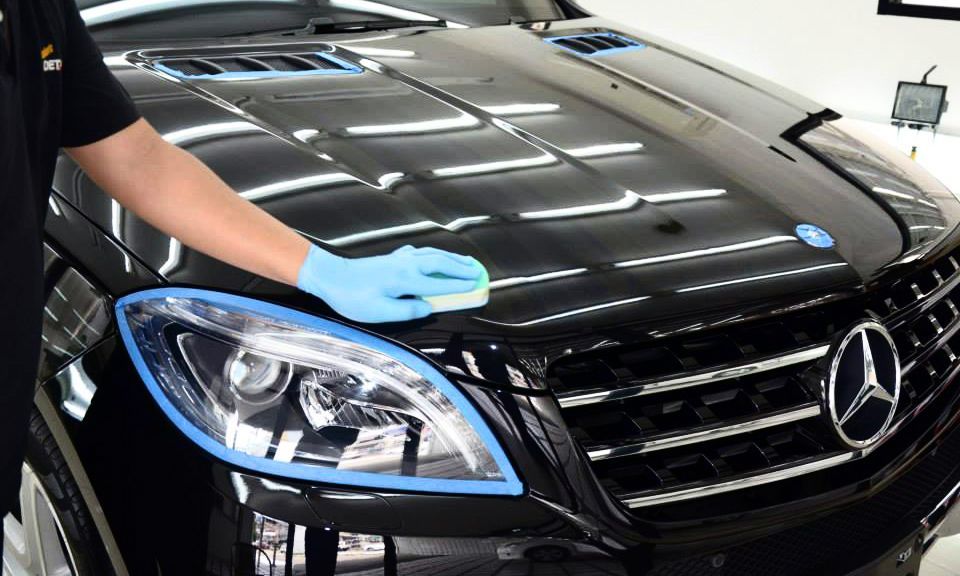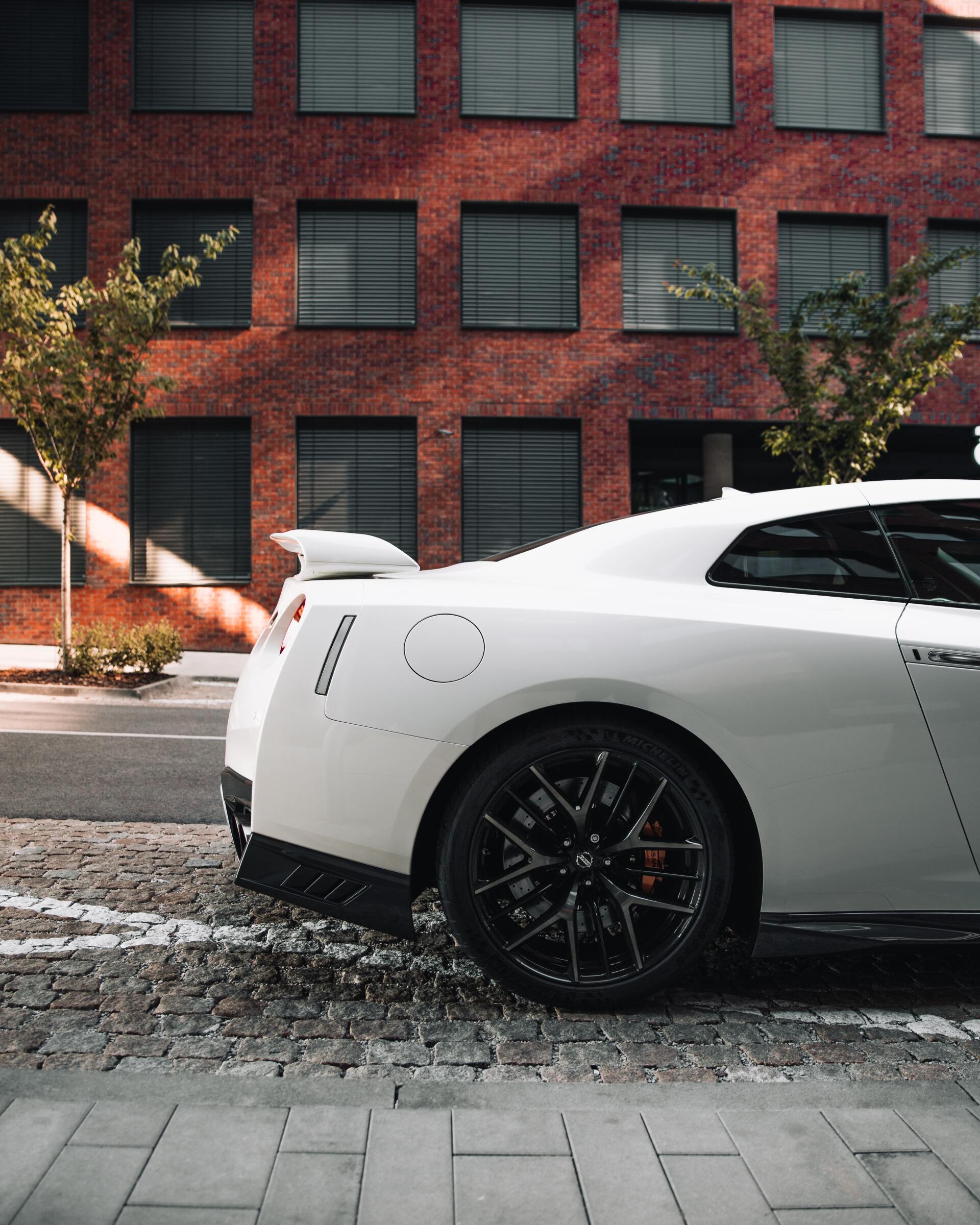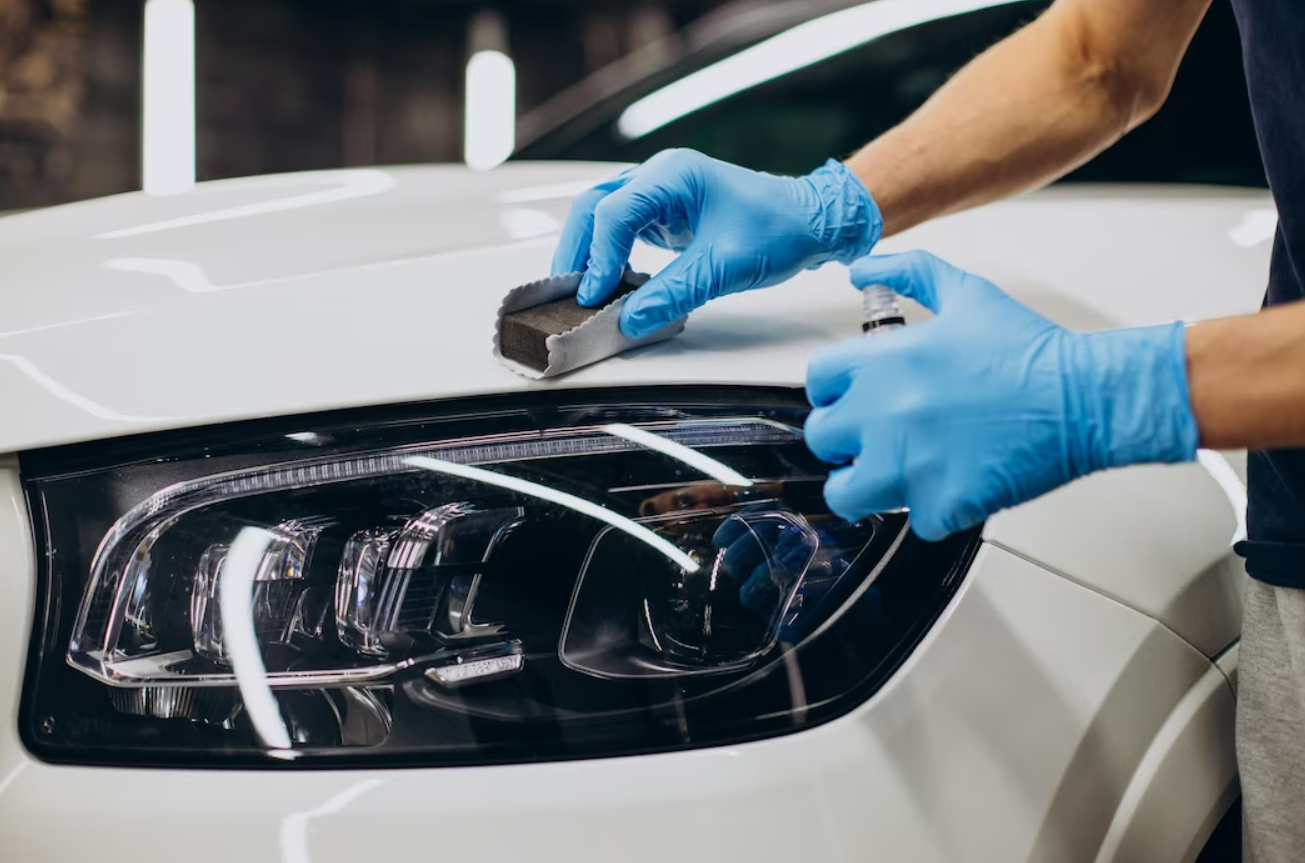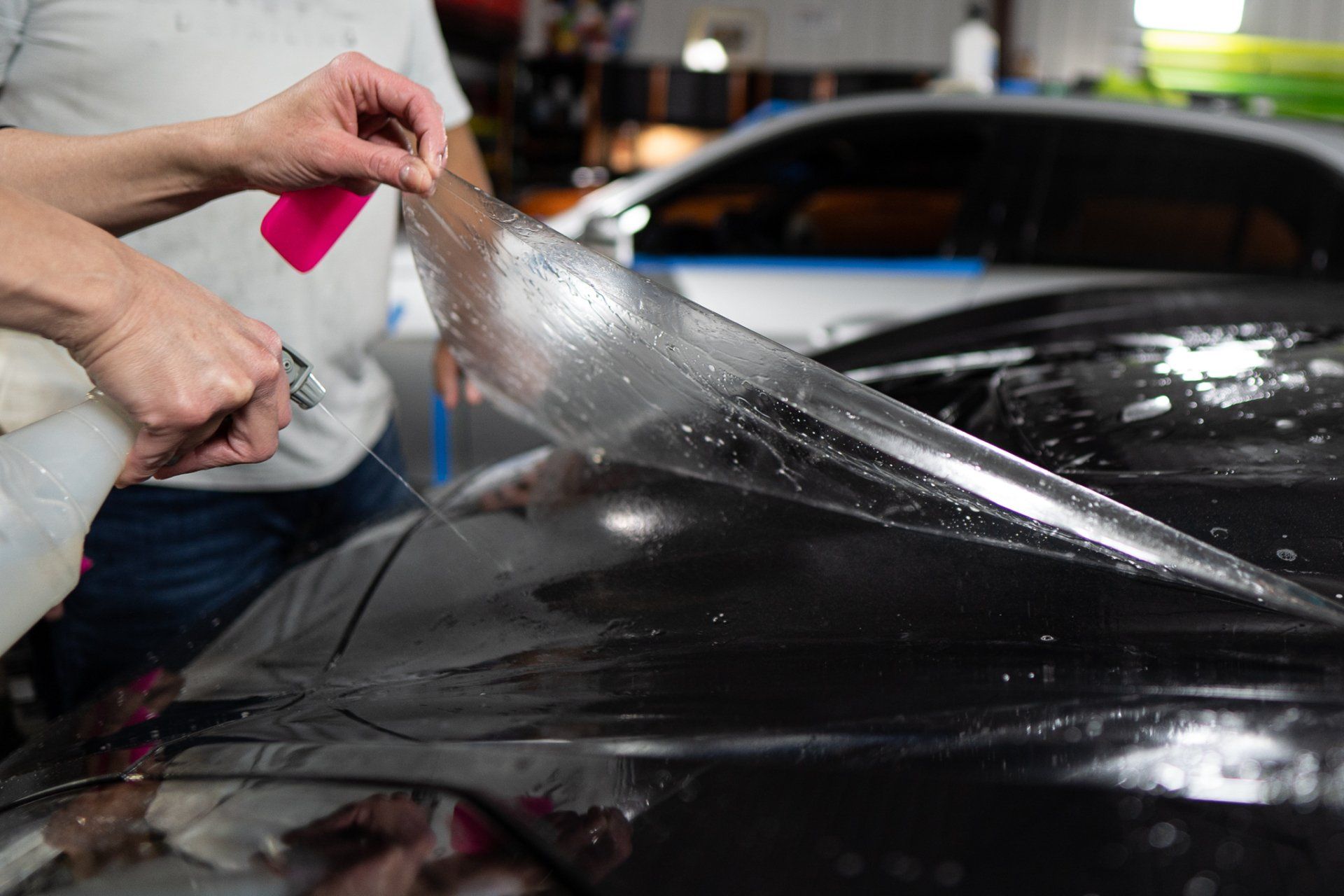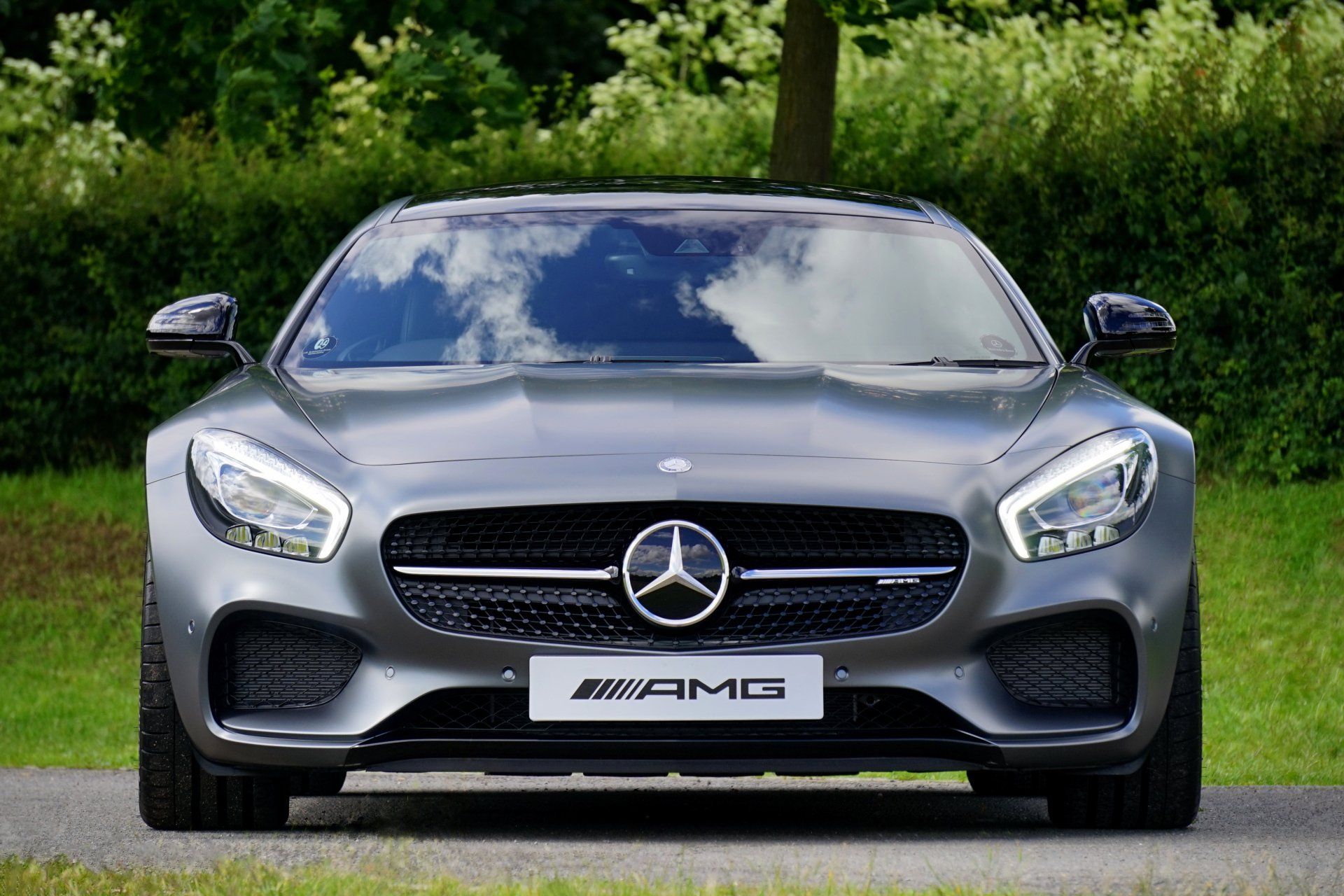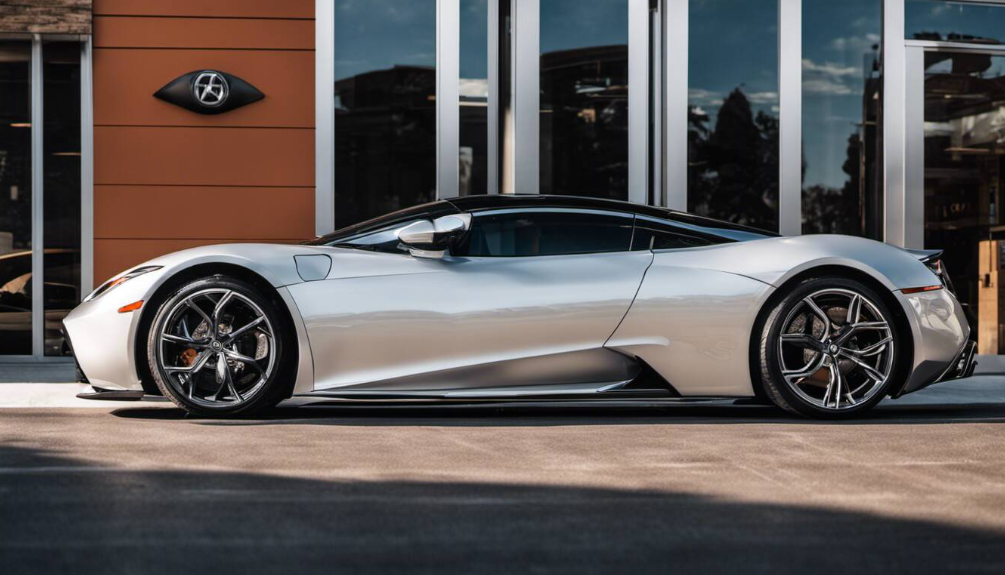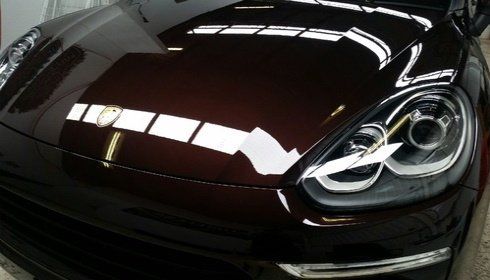Ceramic coatings provide the best protection for your car's paint because the layer of protection they provide is like glass. This comes from the compounds that make it, which contain silicon dioxide. Because of the relation to these compounds, ceramic coatings are referred to as glass coatings or Nanoceramic coatings, and they enhance the appearance of a car.
Nanoceramic coating has grown in popularity in recent years because of its durability. Ceramic coatings can make your car look like a new car because they do not wear away the elements. A ceramic coated car is superior to cars coated with wax and other coating products in several ways:
- Ceramic coating is a hydrophobic surface. This means that chemicals and water cannot interact with the surface providing stellar protection for the paint. Debris and dirt also do not stick to the car's paint.
- Ceramic coating provides an excellent high gloss appearance to the car's exterior.
- Ceramic coating provides unmatched UV protection.
- Paint sealants provide just a few months of protection, while ceramic coating provides years of protection.
Here are the seven steps you can utilize to ceramic coat your car at home.
Preparing for Ceramic Coating
1. Wash Your Car
The first step in ceramic coating your car is to hand wash your car using the two-bucket method. One bucket with clean, fresh water and another with clean soapy water. You can use a microfiber towel while washing the car because it gives the best results.
Hand washing the car will get rid of dirt, grime, and debris on the car's surface. It would help if you started with the tires and then go to the car's body. This will prevent dirt that would have been on the tires from getting back on the car. This is the bare minimum of preparation to apply a ceramic coating.
2. Use the Clay Bar
The clay bar is the best tool to remove contaminants from the vehicle. The clay bar formula is abrasive, but it cannot hurt your car's painted surface. After washing the entire vehicle surface, it would be best to proceed to the clay bar.
You will use some lubricant in the claying process and some water. The clay bar can reach hard to remove contaminants that collect on your vehicle's surface over the years. However, if a piece of the clay bar falls to the ground, it cannot be used in the process anymore.
3. Fixing Scratches
Applying the ceramic coating will only protect the paintwork, but you will not correct the surface imperfections already on your vehicle. You will need to do some extra work to prepare the car for the ceramic coat.
The best method for correcting the paintwork is a machine polisher used with a finishing compound. You will use this to work on all the scratches and swirl marks on the car. Polishing gets rid of the marks before coating.
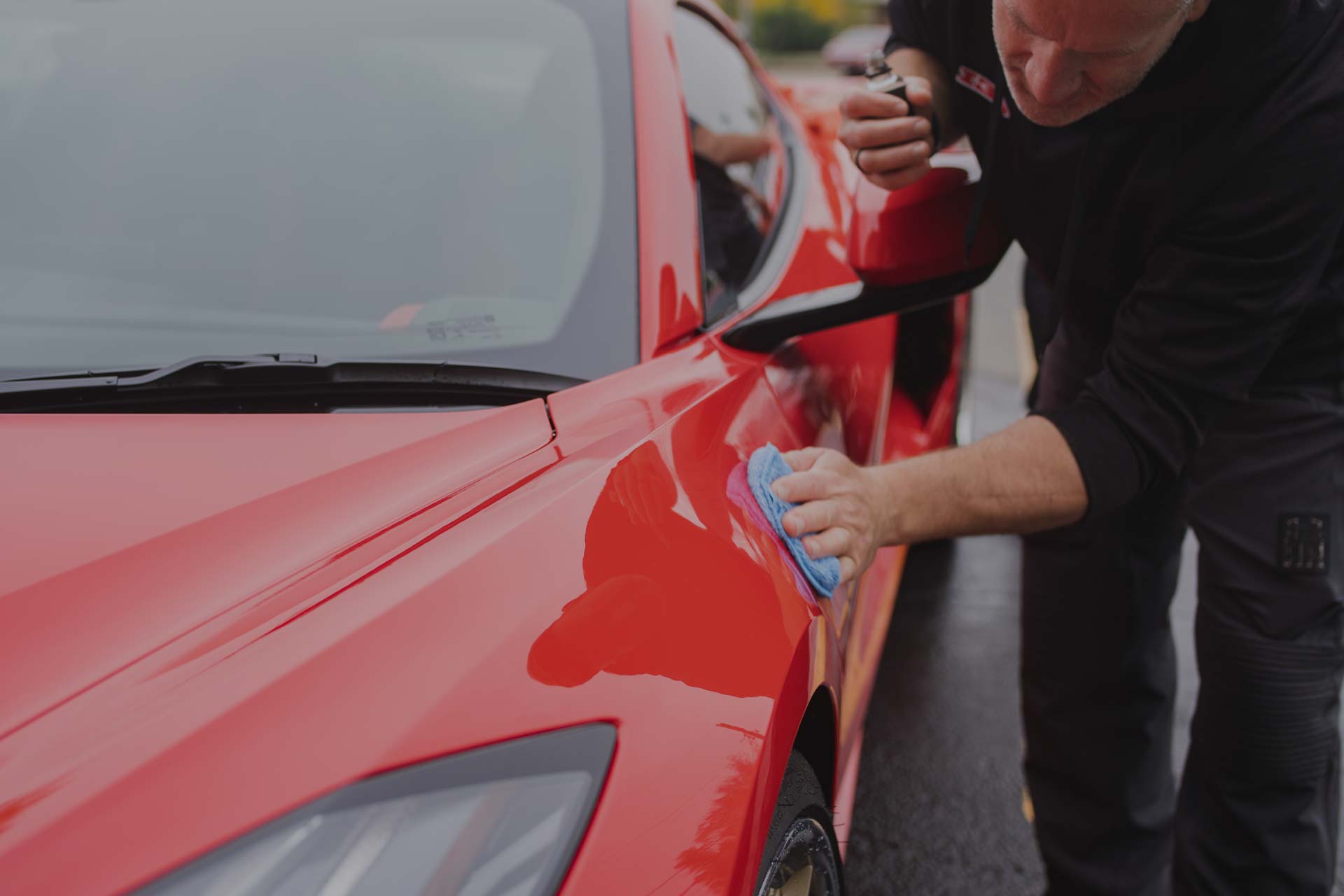
4. Polish
When you are done with the paint correction, the next step of prep work is applying the polish. This will give your car a nice shine to the car's paintwork. It will show when you apply the coating at the end.
5. Apply IPA Wipe
After the high-quality polishing is done, the next step is applying the IPA spray or wipe. IPA wipe is an important part of car care because it gets rid of any chemical substances that are still on the car. You do not want to continue with ceramic coating applications without using IPA.
Ceramic Coating Your Car
6. The Right Products
To apply Nano ceramic coating, you need to have the right products. These will include equipment to apply the coating, the correct safety wear, and the right ceramic products.
Use The Right Gloves
Gloves will protect your hands when handling the Nanoceramic coating chemicals. The ceramic coating product is known to dry out the skin quickly.
Use Sponges
You will need a sponge to apply ceramic coating to the car's surface. The sponge should have a flat surface.
Applicator Cloths
You should have several applicator cloths. These provide a great ceramic coating. They should be made from suede clothing and are wrapped around the sponge.
Clean Microfiber Towel
The clean microfiber cloth is great for buffing the surface after you apply the ceramic coatings. It removes any excess coating while you are applying without scratching the surface.
7. Applying A Ceramic Coat
It is now the time to apply ceramic coating to your vehicle. A ceramic coating provides long-lasting protection for your car, so you should be keen when applying it. You should not apply the coating in direct sunlight. This is because the product will dry up too fast before you can spread it evenly on the surface.
Shake the container with the coating formula well before opening it. Wrap a suede cloth around a sponge and then apply about ten drops of the formula to the sponge. Use the sponge to begin applying a layer of ceramic to the car. A little bit of the formula is enough to go a long way.
Divide the car into different sections, which will allow you to work efficiently. When you apply the product to one section, move to the next panel. Use consistent movement for quality results. The sponge movement should be smooth on the surface of the car; this means it should always be moist. When you are done with one part, let it sit for a few minutes, then use the buffer cloth to wipe off the excess.
When you are finished coating, let the car dry for about an hour. Then you can proceed to apply the second coat. When the car is coated, ensure that you wait at least 21 days before taking it for carwash services. This is because the coat continues to dry for about three weeks.
Bring Your Car to Vehicle Enhancement Inc.
Getting this process right on your own can be quite challenging. However, if you want the best results, it is best to source support from experts. You can get the most thorough ceramic coating service in Moraine, Ohio, at Vehicle Enhancement Inc.
Vehicle Enhancement Inc offers warranties for their ceramic coating, from a two-year warranty for the bronze package to a lifetime warranty for the gold package. At Vehicle Enhancement Inc, you can get various packages for ceramic coating. You can contact Vehicle Enhancement Inc through their website https://www.veishop.com/, or you can call them at (937) 296-0328.
